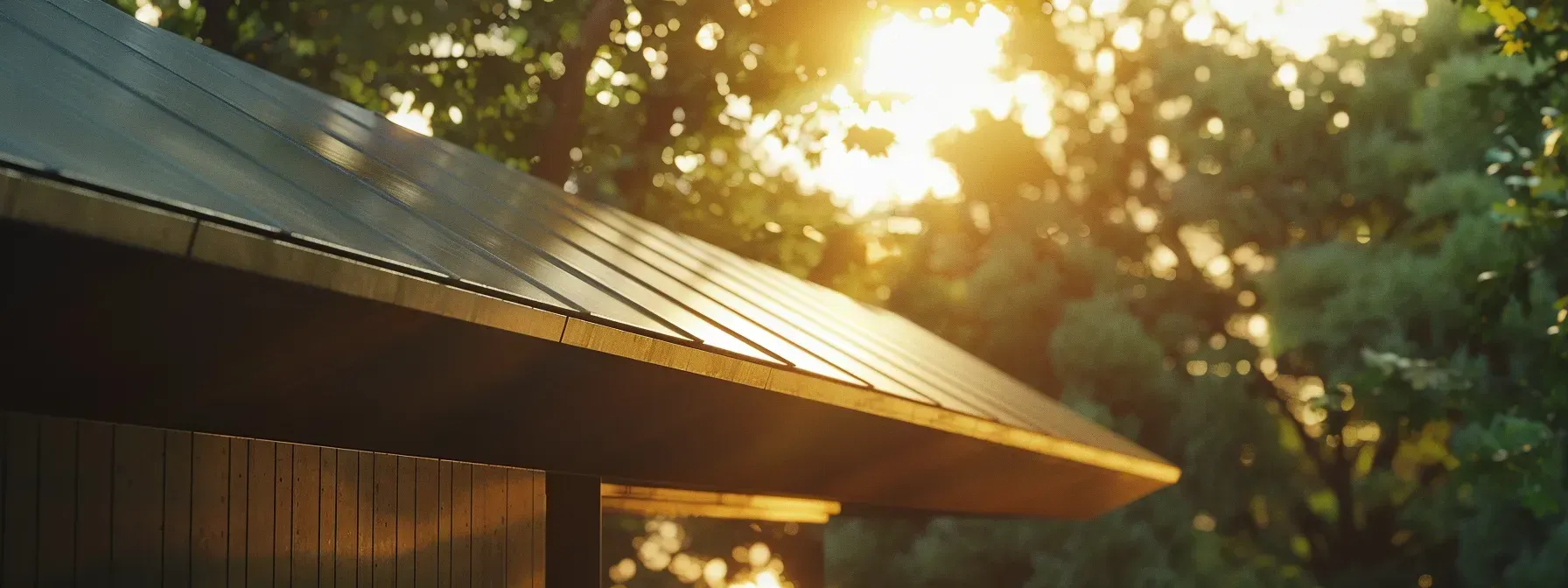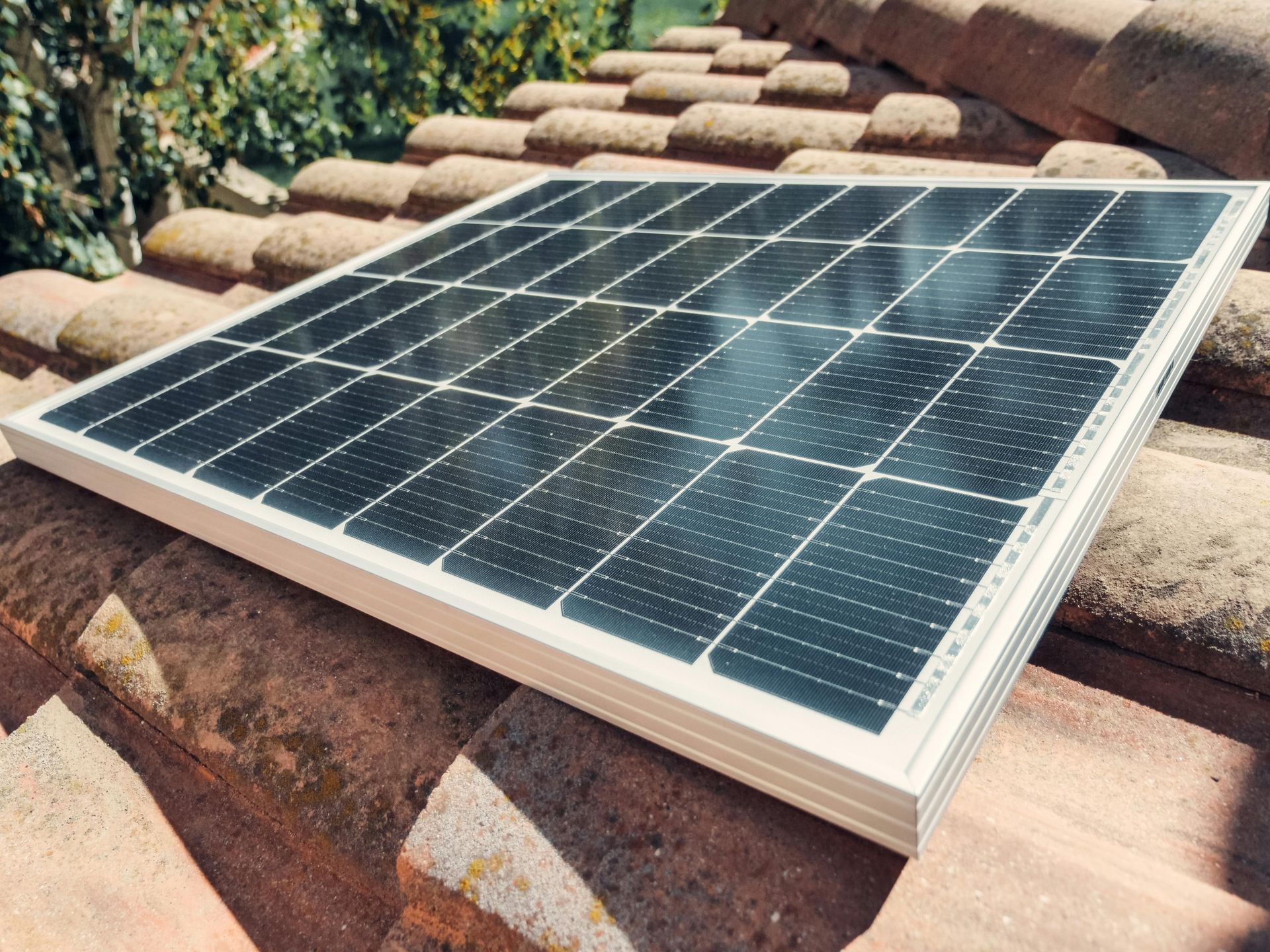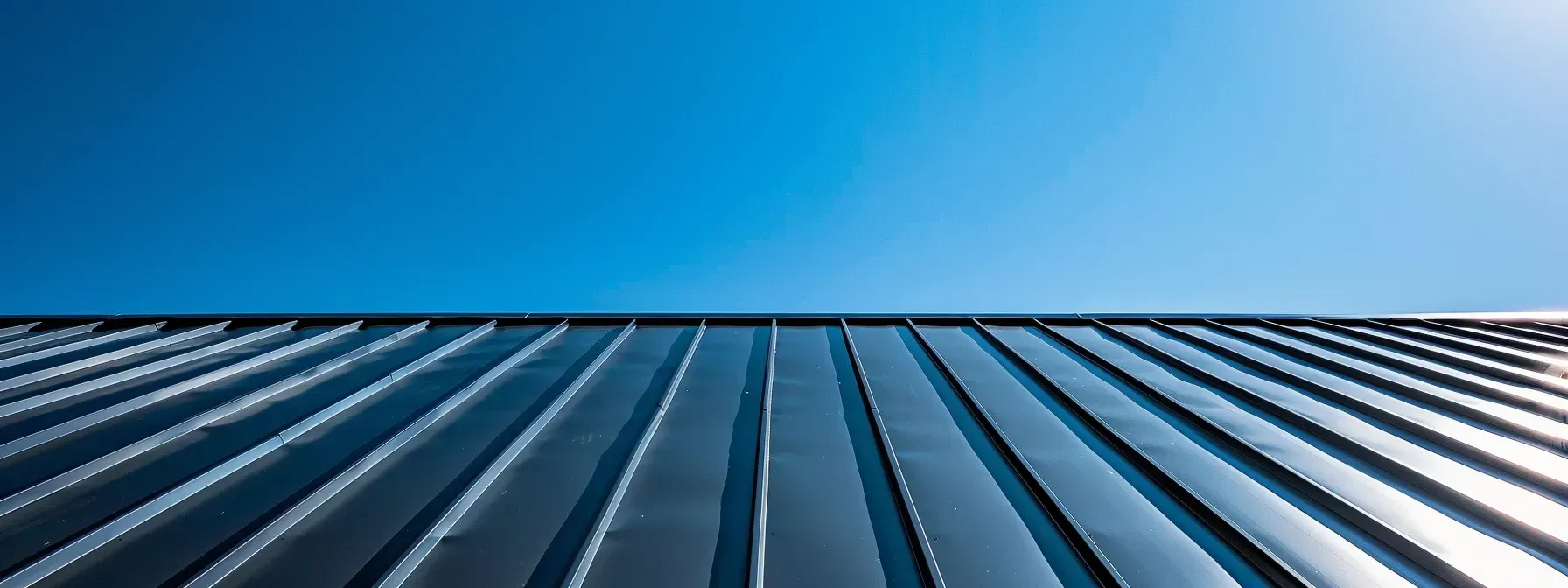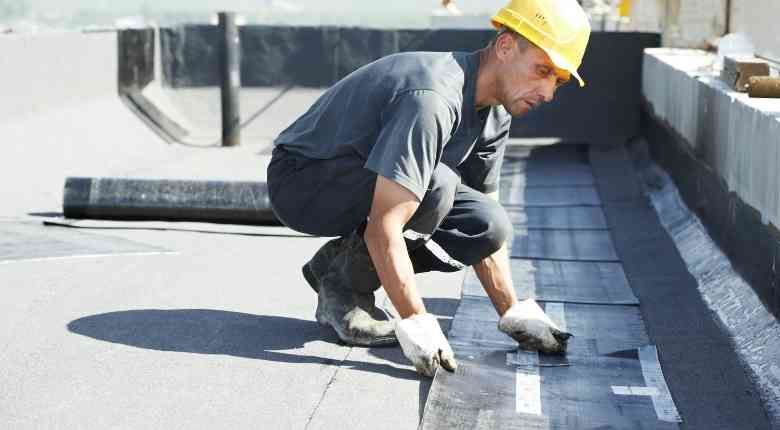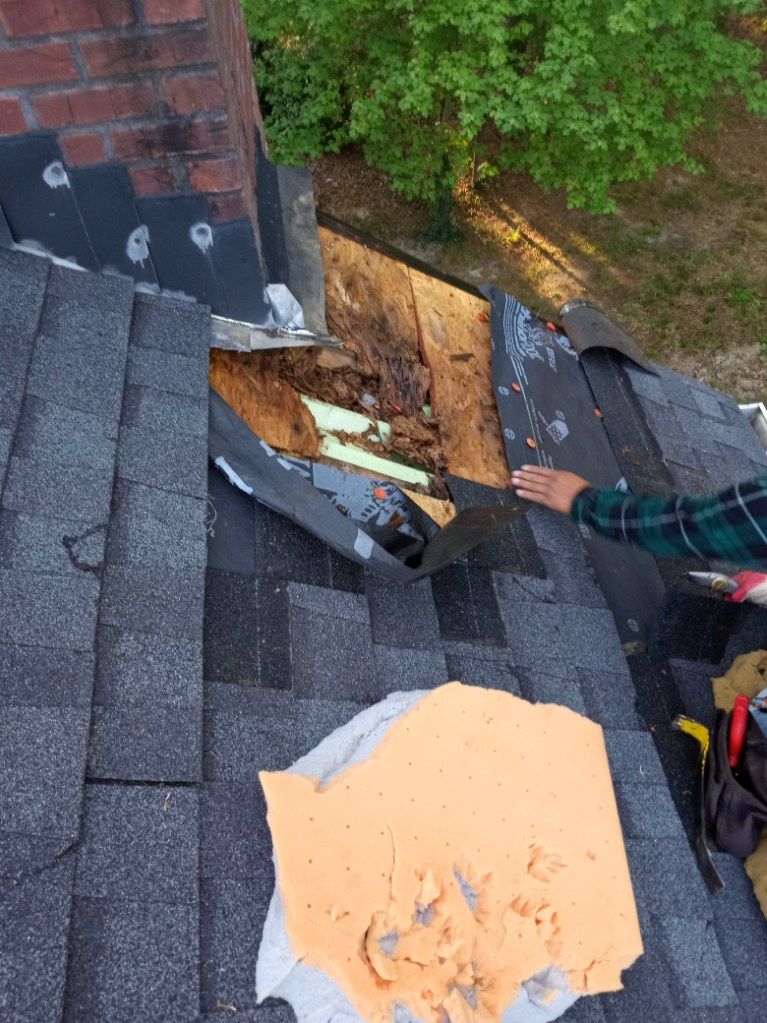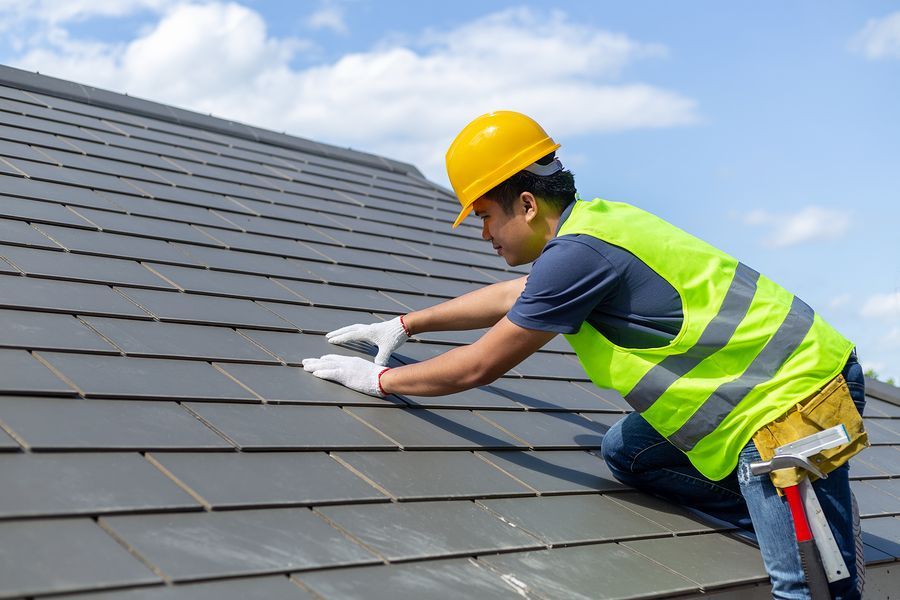15 Roofing Terms Every Stone Mountain Homeowner Should Know
When it comes to home maintenance, the roof often tops the list of areas to monitor. However, conversations with roofers can sometimes feel like they’re speaking an unfamiliar language. This is where understanding basic roofing terms becomes crucial. Being familiar with these terms not only helps you make informed decisions about your roof’s needs, but also enables you to communicate effectively with your roofer. This way, you can ensure that your requirements are clearly understood, leading to results that meet your expectations. Here’s a handy guide to 15 roofing terms that’ll help you speak the same language as your roofer.
The Role of a Roofer
A roofer, also known as a roofing contractor, is a professional who specializes in roof construction. They inspect, repair, replace, and install the roofs of buildings using a variety of materials. The roofer plays an indispensable role in ensuring that your home or business is protected from the elements, enhancing comfort, safety, and peace of mind.
1. Shingles
Shingles are like the outer coat of your roof. They’re the pieces that you see when you look up at your roof. They are individual, overlapping elements, usually rectangular, that are laid in rows from the bottom edge of the roof up. Shingles are essential for the protection, insulation, aesthetic appeal, and durability of your roof. They are a key factor in the overall performance and longevity of your roof.
2. Flashing
Flashing is a hero that often goes unnoticed in the world of roofing. It’s typically made of thin pieces of impervious material such as galvanized steel, aluminum, or copper, to help keep your home dry and damage-free.
3. Underlayment
Think of underlayment as a safety net. It’s a protective layer that’s installed directly onto your roof deck, right under the shingles, and is usually made from synthetic materials. Underlayment is an essential component that ensures your roof can stand up to whatever Mother Nature throws its way.
4. Eaves
Eaves are the edges of the roof that overhang the face of a wall and, normally, project beyond the side of a building. They form an overhang to throw water clear off the walls and may be highly decorated as part of an architectural style, such as the Chinese dougong bracket systems. Eaves play a crucial role in managing water runoff, providing shade and insulation, and adding aesthetic value to your home. They’re a key component of a well-designed and functional roofing system.
5. Gutter
Gutters are the channels that collect rainwater from the roof and direct it away from your home. A well-maintained gutter system is key to preventing water damage to your home, preserving your landscape, preventing roof damage, and enhancing the value of your home. It’s important to keep them clean and well-maintained to ensure they function effectively.
6. Fascia
Fascia is a term used in architecture to refer to a frieze or band running horizontally and situated vertically under the roof edge. In simpler terms, it’s the board that’s attached at the point where the roof meets the outer walls of the house. Besides aesthetic purposes, fascia also provides a layer of strength to the roof structure, protecting your home, enhancing aesthetics, and preventing moisture damage.
7. Soffit
Soffit is the material that bridges the gap between a home’s siding and the roofline, directly under the eaves. When you stand beneath the overhang of your roof and look up, the material you see is the soffit. It helps in ventilating the attic and keeping a steady airflow between your roof and the attic.
8. Ridge
A key component of a well-designed and functional roofing system, the ridge is the highest point of your roof, running the length of the area where two roof planes intersect. Often, you’ll see ridge vents installed along this area for ventilation.
9. Valley
A valley is the internal angle formed by the intersection of two sloping roof planes. In other words, it’s where two sections of a roof come together at a downward angle. Valleys play a crucial role in water runoff, maintaining the structural integrity of the roof, enhancing aesthetic appeal, and preventing leaks.
10. Decking
Decking, also known as sheathing, is the foundation layer of a roof. It’s the flat surface that the underlayment and shingles are installed on. It is usually made from plywood or oriented-strand board (OSB) and is a key component of any roofing system. It provides support, protection, insulation, and durability, making it an essential part of your roof’s structure.
11. Drip Edge
A drip edge is a metal flashing that’s installed along the edges of your roof. Its job is to control the direction of dripping water and help protect underlying parts of your building from water damage, preventing rot, and enhancing the appearance of your roof. It’s a minor component that makes a big difference.
12. Ventilation
Ventilation refers to the flow of air through specific vents under the roof. It allows fresh air to enter and stale or hot air to exit. Proper roof ventilation is crucial for temperature control, preventing moisture damage, extending the life of your roof, improving energy efficiency, and maintaining good indoor air quality. It’s an essential part of a healthy, durable, and energy-efficient home.
13. Ice Dam
An ice dam is a ridge of ice that forms at the edge of a roof and prevents melting snow (water) from draining off the roof. The water that backs up behind the dam can leak into a home and cause damage to walls, ceilings, insulation, and other areas.
Here’s how you can prevent ice dams:
- Ensure Proper Ventilation: Your attic should be well-ventilated to maintain a cool roof temperature and prevent snow on the roof from melting and refreezing at the edges.
- Add Insulation: More insulation on the attic floor keeps the heat where it belongs in the house, not in the attic, reducing the chance of snow melting on the roof.
- Seal Air Leaks: Sealing air leaks between the home and attic can stop warm air leakage that might melt snow on the roof.
- Install a Water-Repellent Roof Membrane: A protective water-repellent layer installed under the roofing material can provide added protection against ice dam-related leaks.
- Keep Gutters Clean: Make sure gutters are clear of leaves and debris so melting snow can flow into the gutters and away from the home.
Remember, while you can take steps to prevent ice dams, dealing with them once they’ve formed can be dangerous because of the risk of falling ice. It’s recommended to hire a professional roofer, like Pineapple Express Roofing, to safely remove ice dams.
14. Granules
Granules are small, rock-like particles that are embedded in the top layer of asphalt shingles. They may seem like a minor detail, but they play several important roles in a roofing system:
- UV Protection: Granules protect the underlying asphalt from the sun’s damaging ultraviolet rays. Without granules, the asphalt would quickly deteriorate and shorten the roof's lifespan.
- Fire Resistance: Many granules are coated with a special treatment that helps to slow the spread of fire. This adds an extra layer of protection to your home.
- Aesthetic Appeal: Granules come in a variety of colors, allowing homeowners to customize the look of their roof to complement the rest of their home’s exterior.
- Weather Resistance: The rough surface of granules helps to shed water away from the roof, reducing the risk of leaks.
15. Square (Roofing Square)
In the roofing industry, a “square” is a unique unit of measurement. It doesn’t refer to a geometric shape, but rather, it represents an area of the roof that measures 100 square feet. This standard unit of measurement in the roofing industry simplifies estimation, cost calculation, and communication.
Conclusion
Understanding these 15 roofing terms can empower you as a homeowner. The more you know, the better you can communicate with your roofer and make informed decisions about your home. Remember, a well-maintained roof is crucial for the safety, comfort, and aesthetic appeal of your home. If you’re looking for a roofer in Stone Mountain, Georgia, look no further than Pineapple Express Roofing. We’re experts in our field, and we can handle all your roofing needs, from simple repairs to complete roof replacements. Contact us today and experience the peace of mind that comes with professional roofing services. Your roof is in expert hands!


